Steven Holl Architects' dramatic expansion design for The Museum of Fine Arts in Houston
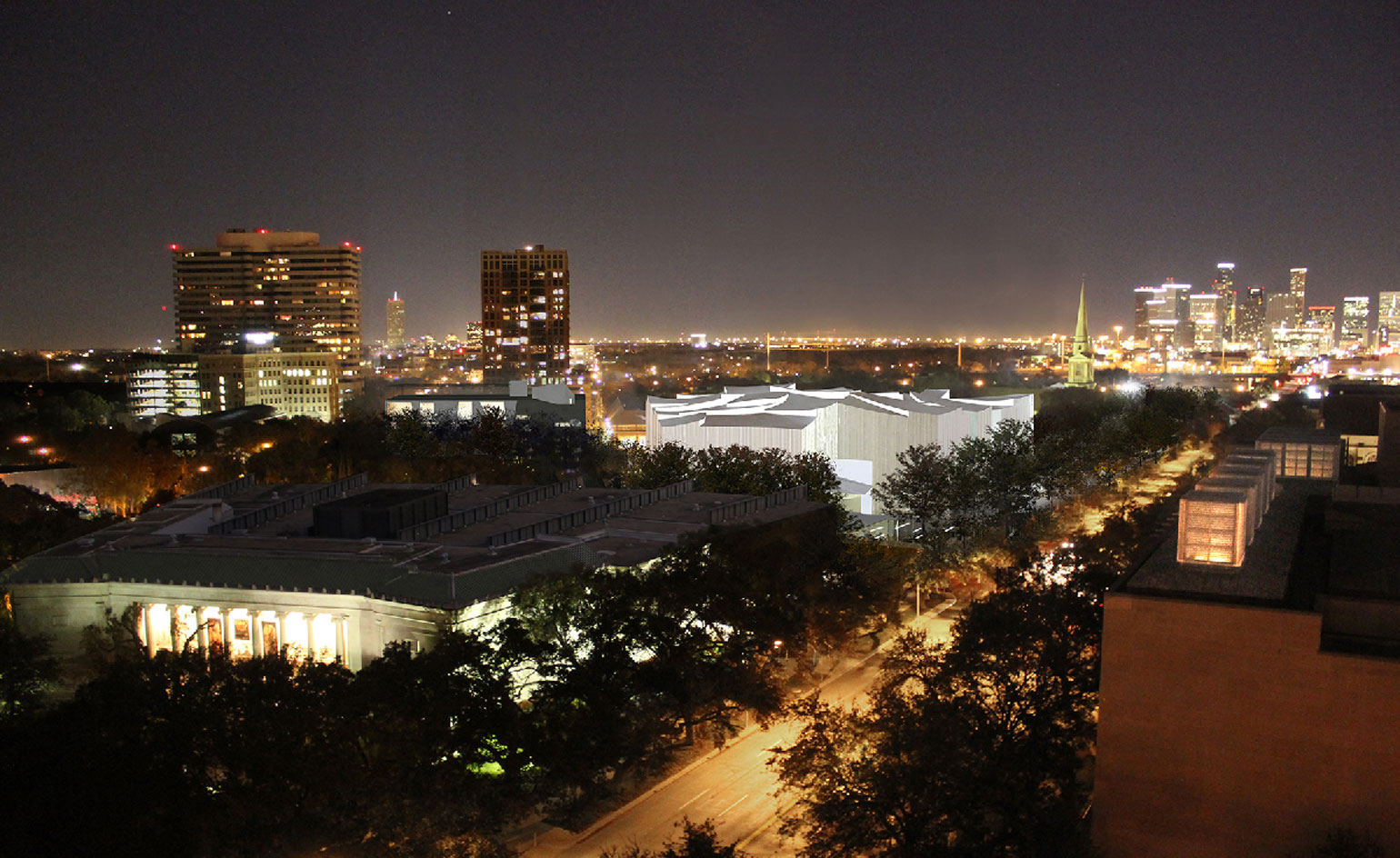
The city of Houston might be famously associated with the solving of tricky astronautical problems, but as of today, it's forging a new artistic legacy. The Museum of Fine Arts in Houston has unveiled its plans for a dramatic redevelopment of its 14-acre campus by Steven Holl Architects. With three-quarters of its funding already secured - that's a whopping $330 million of its total $450 million goal - the institution revealed a unifying master plan that will see the construction of a new art school and museum building, complemented by a cutting-edge conservation centre by Lake Flato Architects.
The new structures will blend harmoniously with the campus' existing iconic buildings by Mies van der Rohe, Rafael Moneo, William Watkin, and a sculpture garden by Isamu Noguchi. It will break ground in the coming months and is expected to complete in 2019.
Speaking during the unveiling of the museum's plans, architect Steven Holl said, 'When I look at the whole project, I think it's probably the most important project that I will ever do as an architect. I'm very grateful to have this opportunity. It's not just a building. It's a campus and a public space that's enormously important for the city of Houston.'
The redevelopment of the museum complex has been a long time in the making. Back in 2012, Steven Holl Architects beat out two other practices to win over the museum's directors and board of trustees with a proposal that completely reorientated the brief that its entrants were set.
The original plan tasked architects to include a multi-storey car park in their design proposal, which Holl promptly ignored. 'When I first presented to [the museum], they asked me, 'Well, where's the parking garage?' There isn't any,' he laughed. "And that was the first thing that was supposed to be built. I think that's why we won. It was hard for [the museum] at first because it was breaking the rules of the competition, but over time they realised that was the way to go.'
No stranger to shaping museums or educational institutions, Holl's vision expands the campus and turns it into an integrated place that the community can also experience. It will provide increased pedestrian access with public plazas, gardens and reflecting pools, and improved sidewalks to facilitate circulation in the new complex.
His design for the new Nancy and Rich Kinder Building - a 164,000 sq ft museum for exhibiting 20th and 21st century art, is a translucent glass tube structure, punctuated by seven vertical gardens around its perimeter that will bring a sense of its surroundings indoors. A concave curved canopy, which Holl imagined as the imprints of Texas' big sky and clouds on the roof's surface, allows light to gently filter through to the 25 galleries inside in an organic way. Soft and fluid in contrast to the stone Moneo building and van der Rohe's steel and glass construction close by, Holl's design will hold its own.
On the other hand, his practice's vision for the new Glassell School of Art building is formed by a series of sandblasted concrete panels, placed at dynamic verticals and angles. The L-shaped construction features a ramped amphitheatre that leads up to a walkable rooftop garden, where visitors can enjoy dramatic views of the newly unified campus. In addition to opening onto Noguchi's sculpture garden and providing added outdoor space for programs and performances, the 80,000 sq ft building also sits atop an extensive underground parking garage. Putting two layers of parking underground allowed not only to not build a parking garage, but also to expand the sculpture garden.
The Glassell School of Art building marks the first phase of the master plan and will begin construction in August. 'With this project, I'm making architecture, social space and public space that's so large, it's shaping urban life and the nature of the city,' says Holl. 'The city is the greatest human artefact. One of the wonderful aspects of being an architect is that every once in a while you get a chance to work on the scale of a city. It's the accumulation of these pieces that makes something special.'
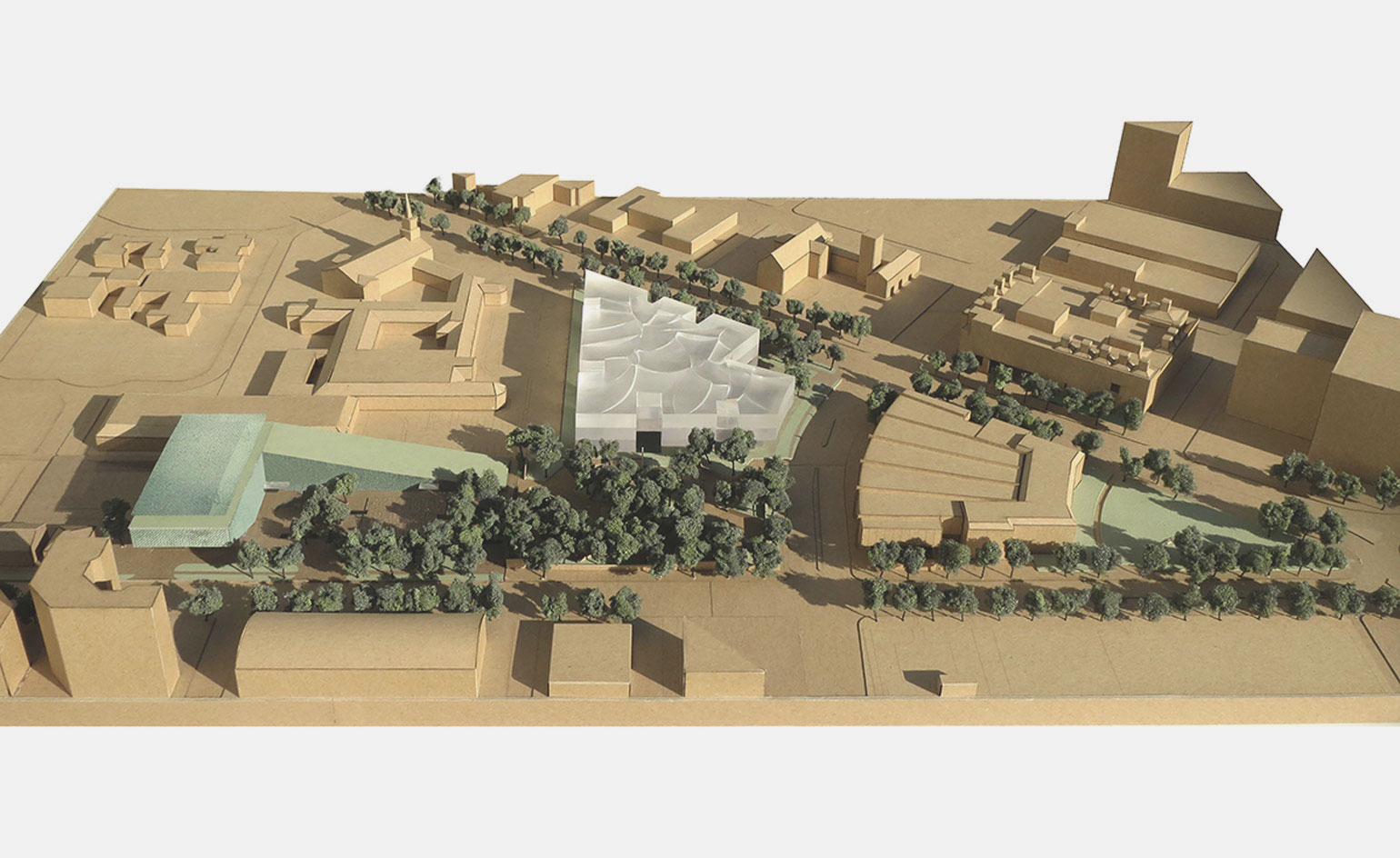
The institution revealed a unifying master plan that will see the construction of a new art school and museum building, complemented by a cutting-edge conservation centre by Lake Flato Architects
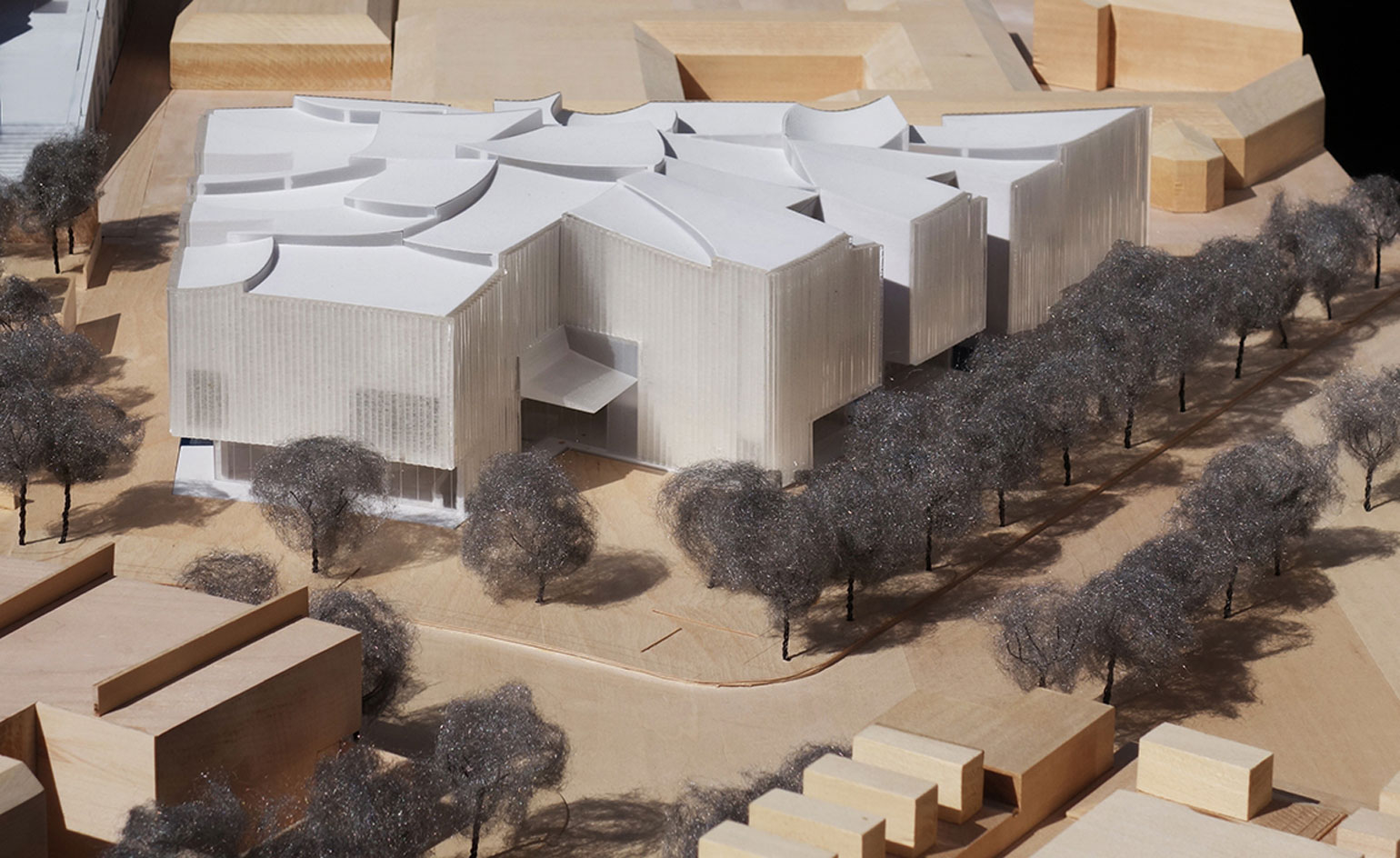
Steven Holl's design for the new Nancy and Rich Kinder Building - a 164,000 sq ft museum for exhibiting 20th and 21st century art, is a translucent glass tube structure
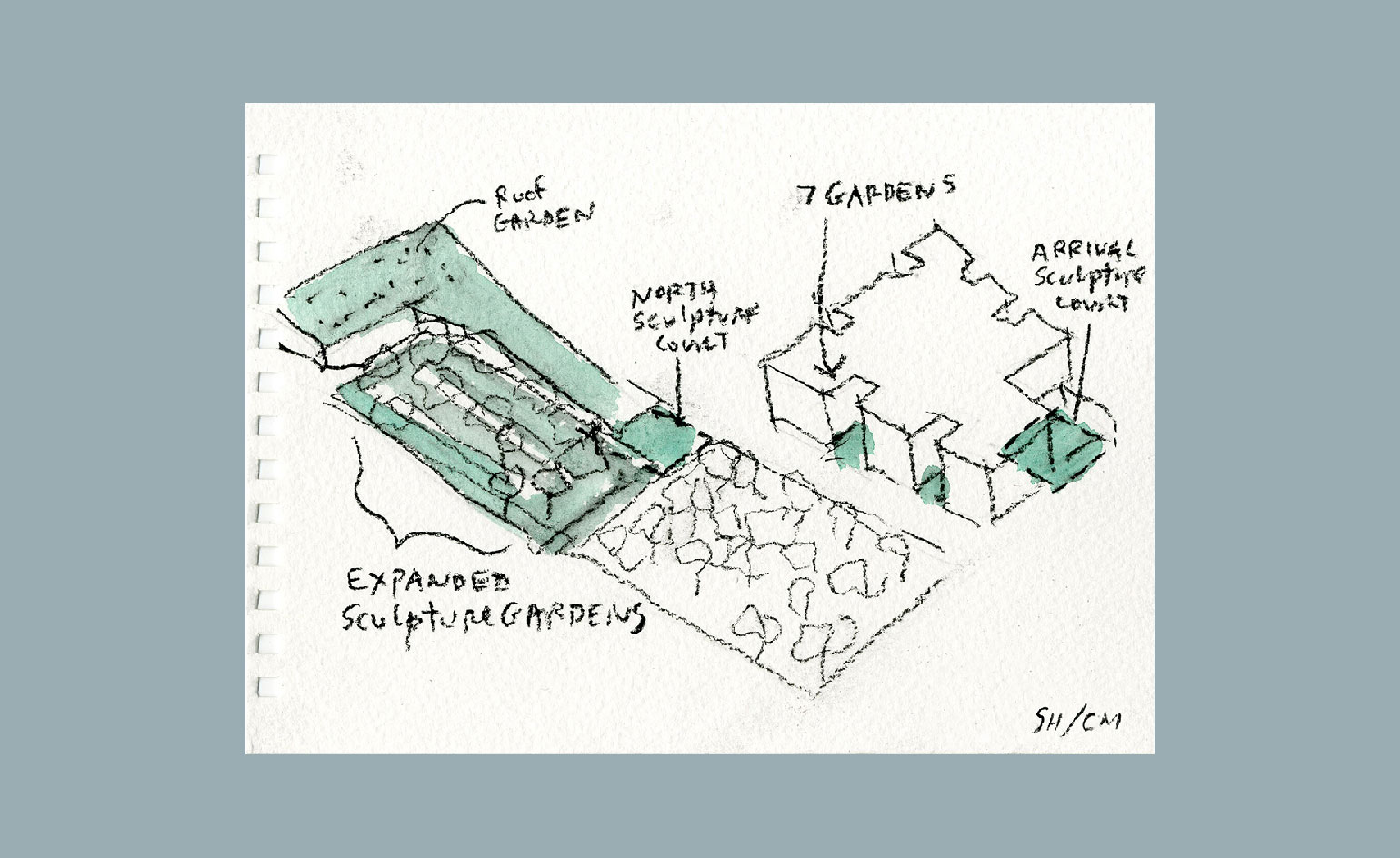
The structure will be punctuated by seven vertical gardens around its perimeter that will bring a sense of its surroundings indoors
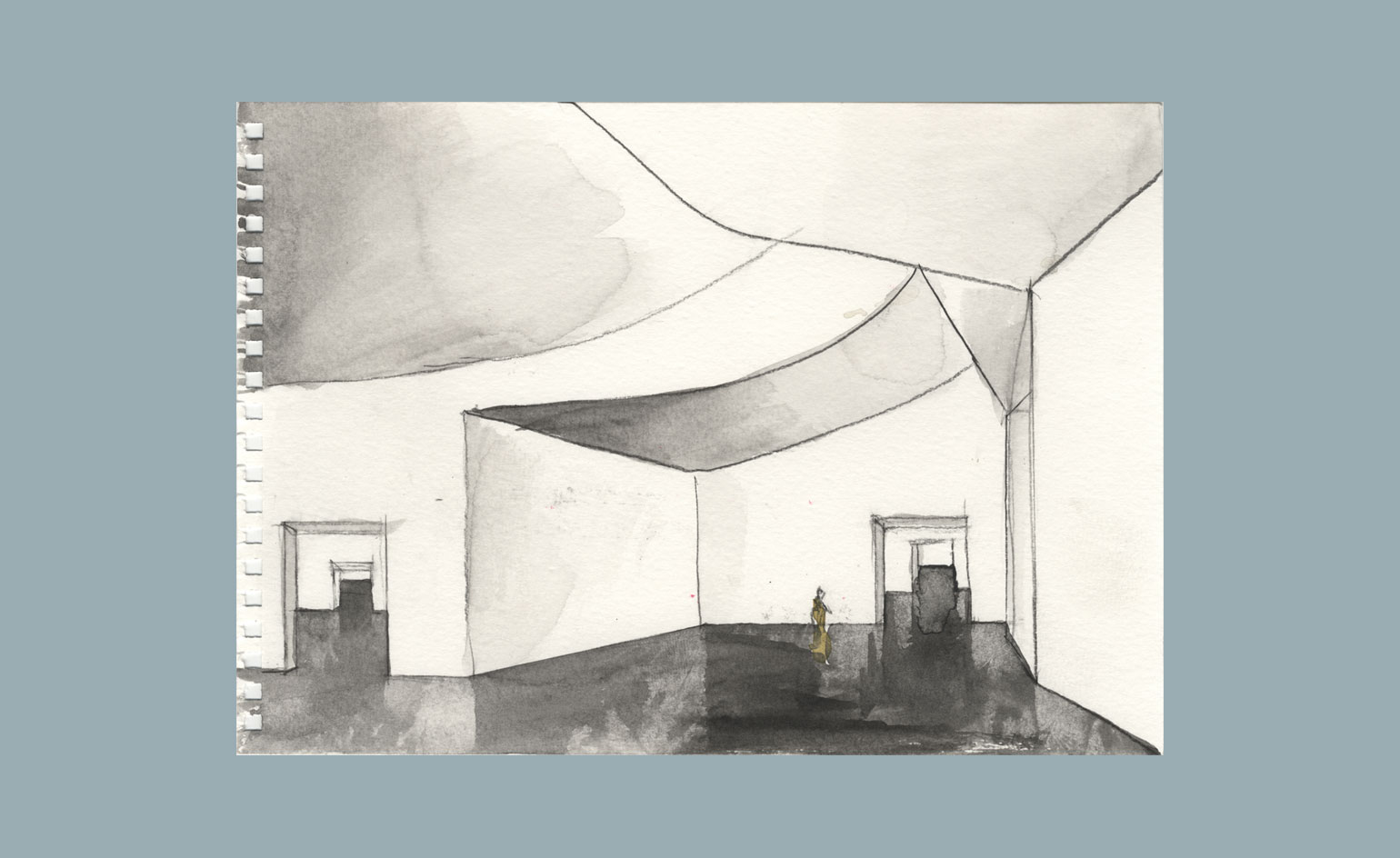
A watercolour of the building's third floor galleries
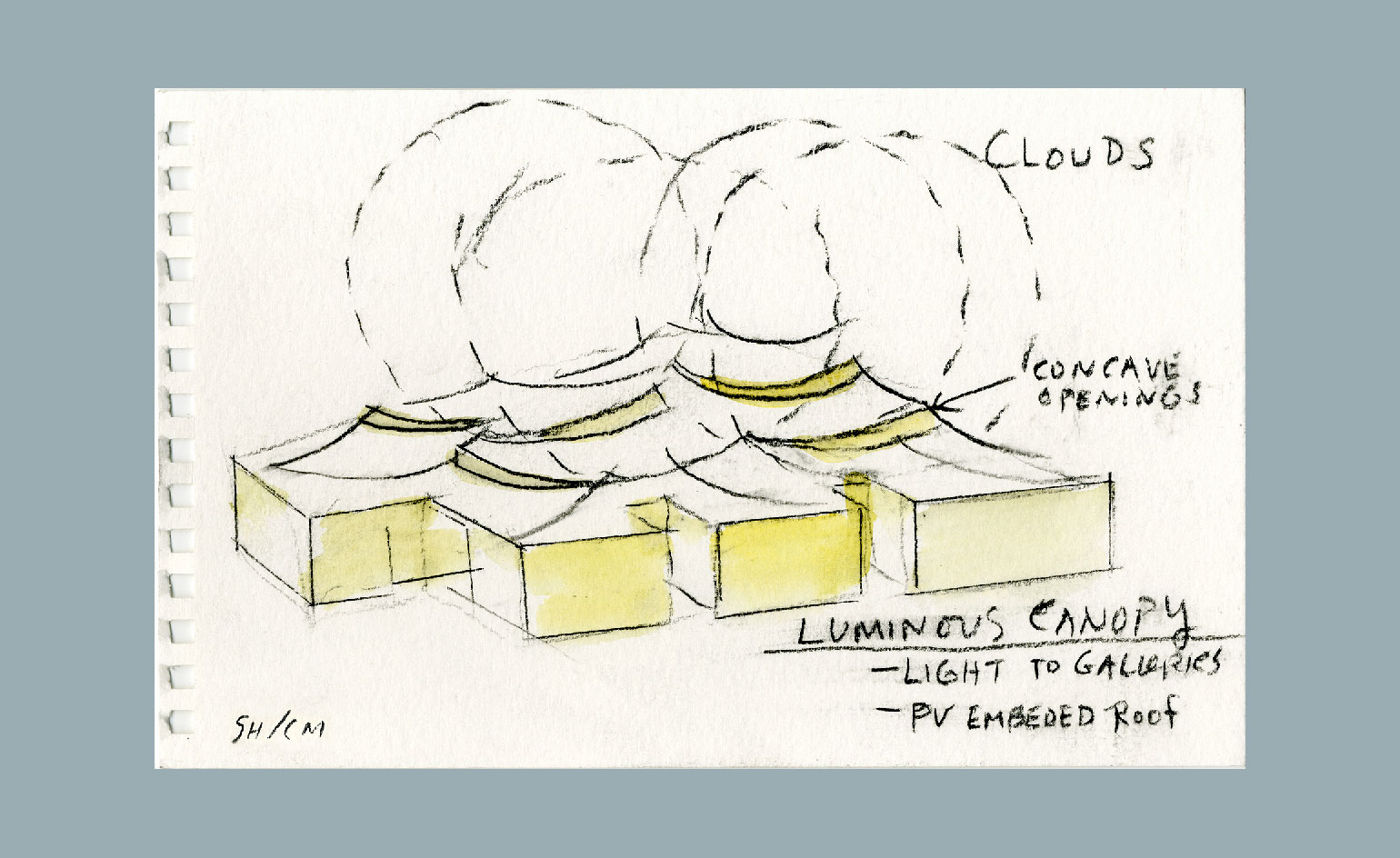
A concave curved canopy tops the Nancy and Rich Kinder Building, which Holl imagined as the imprints of Texas' big sky and clouds on the roof's surface, allows light to gently filter through to the 25 galleries inside in an organic way
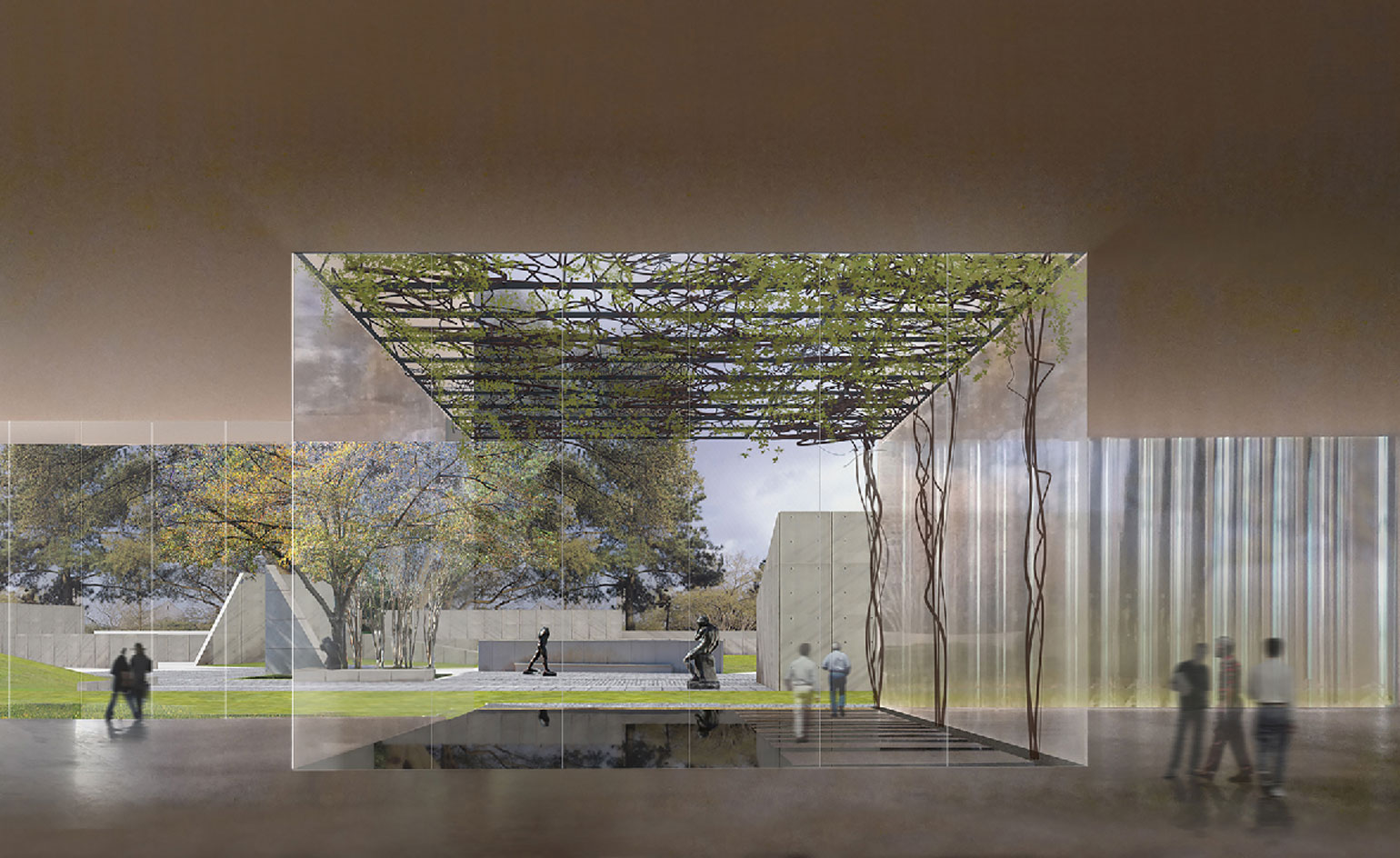
Soft and fluid in contrast to the stone Moneo building and van der Rohe's steel and glass construction close by, Holl's design will hold its own
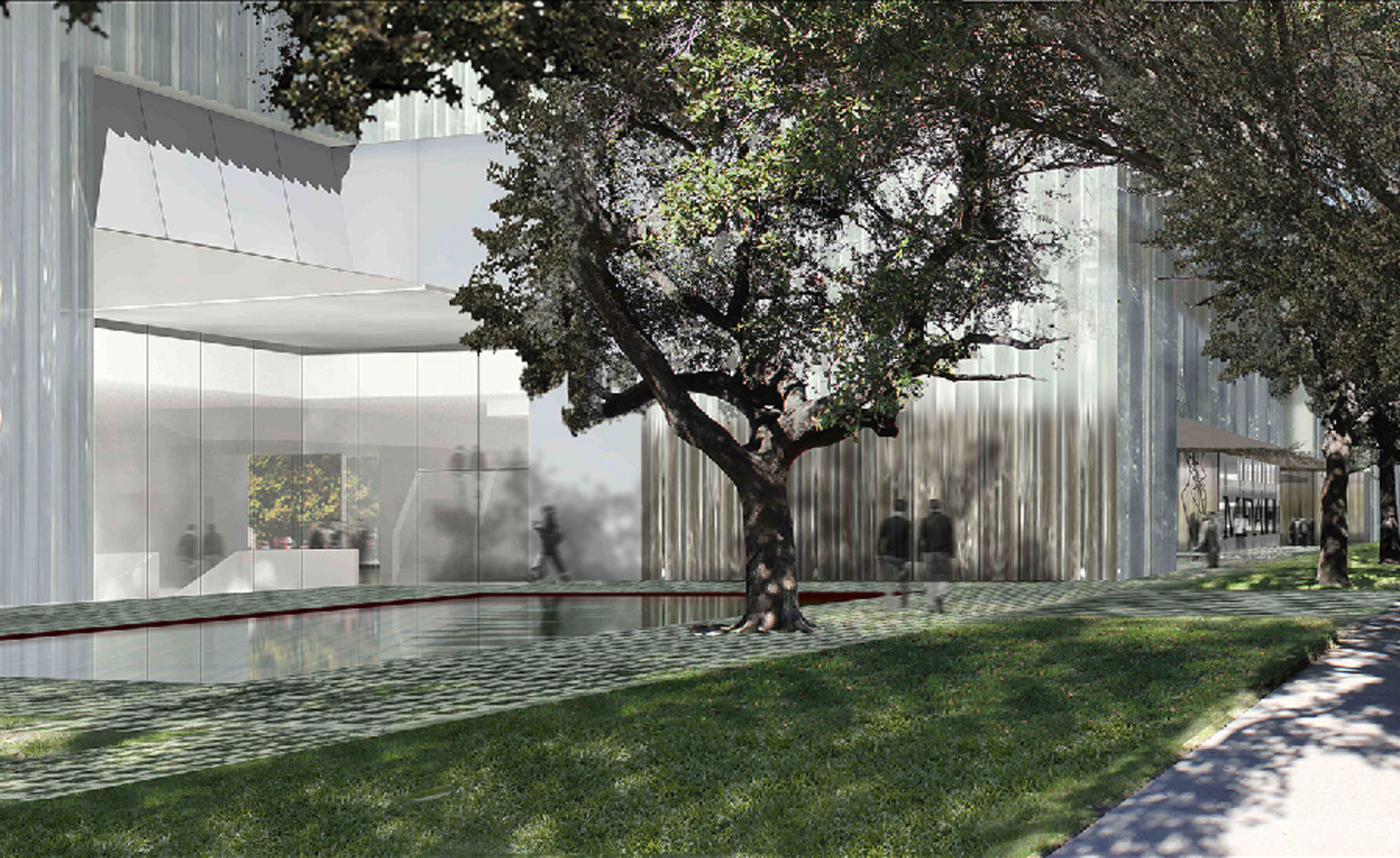
It will provide increased pedestrian access with public plazas, gardens and reflecting pools...
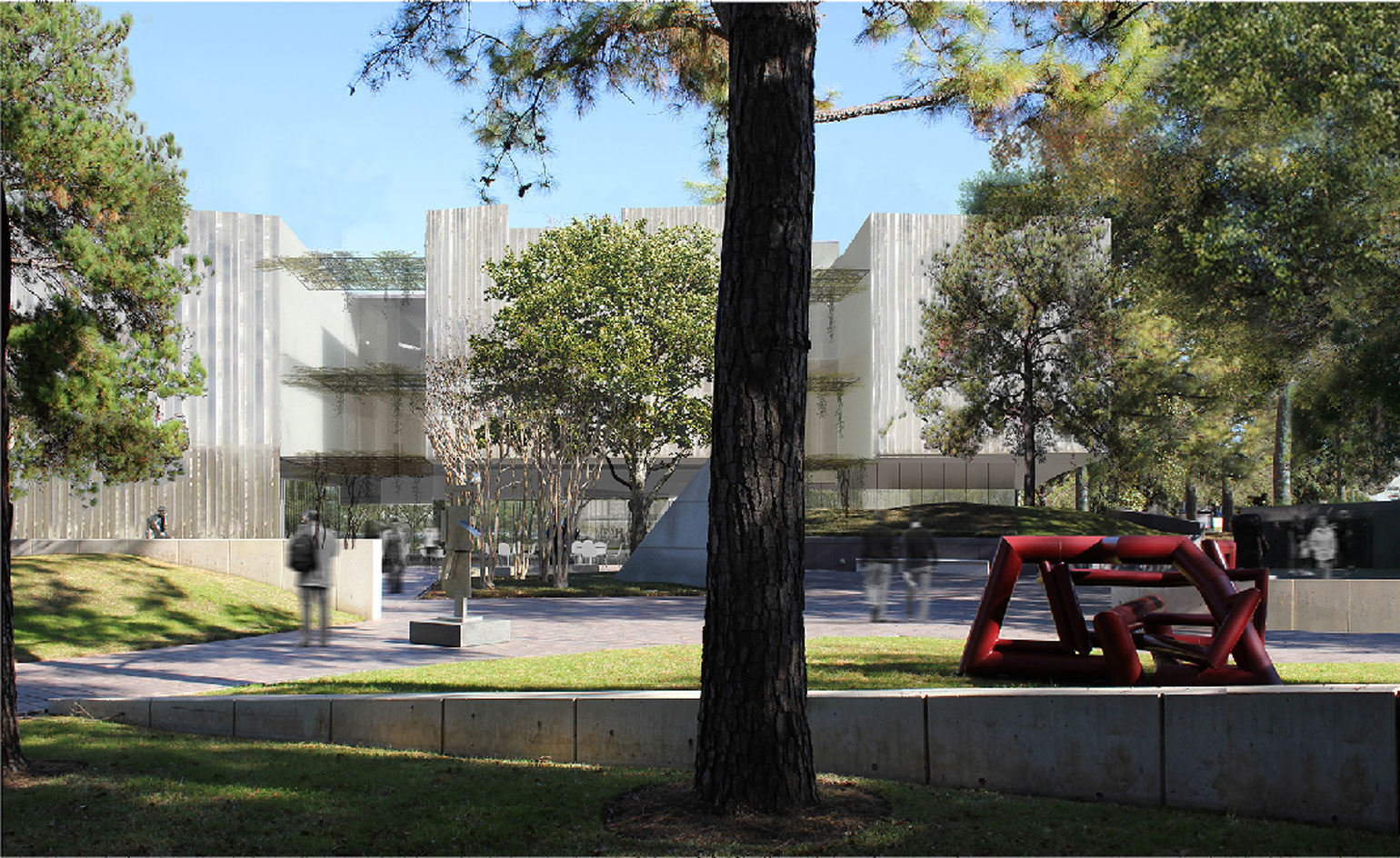
...and improved sidewalks to facilitate circulation in the new complex
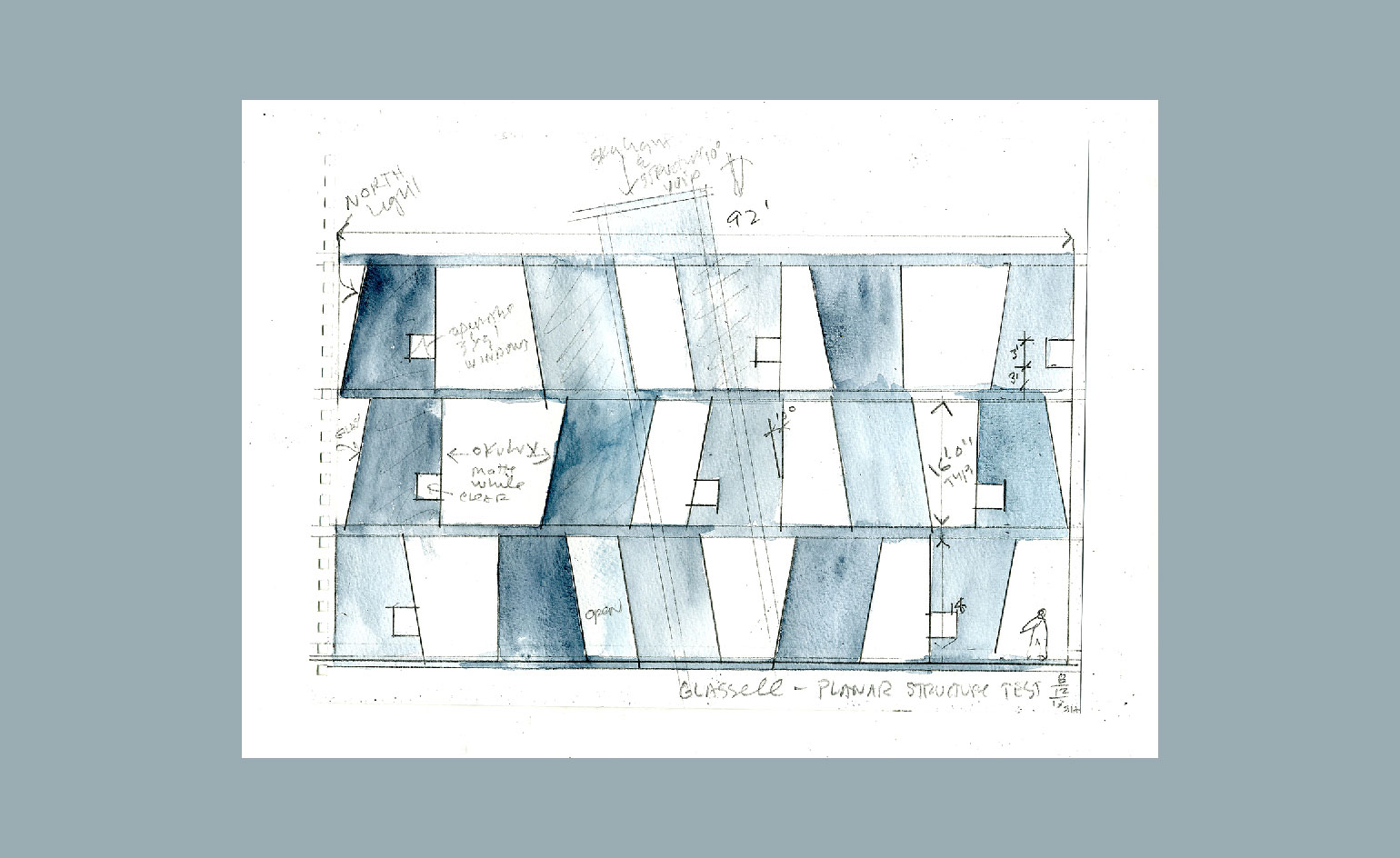
On the other hand, his practice's vision for the new Glassell School of Art building is formed by a series of sandblasted concrete panels, placed at dynamic verticals and angles
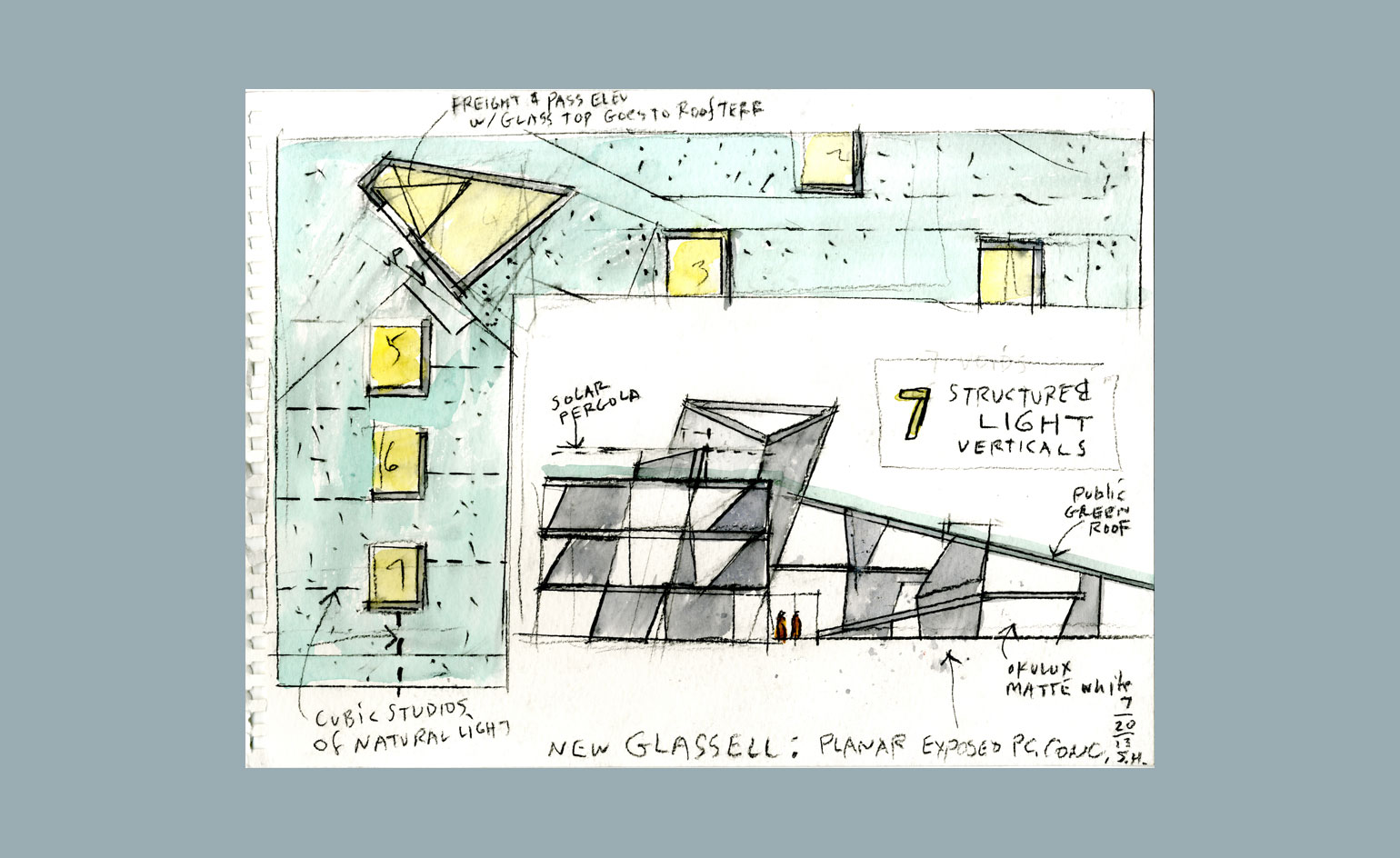
The L-shaped construction features a ramped amphitheatre that leads up to a walkable rooftop garden, where visitors can enjoy dramatic views of the newly unified campus. The architect explains of his working watercolour sketches, 'Everyday, I work for 1-2 hours in the morning on a 5"x7" pad. It's a very efficient way to communicate what the basic ideas are'
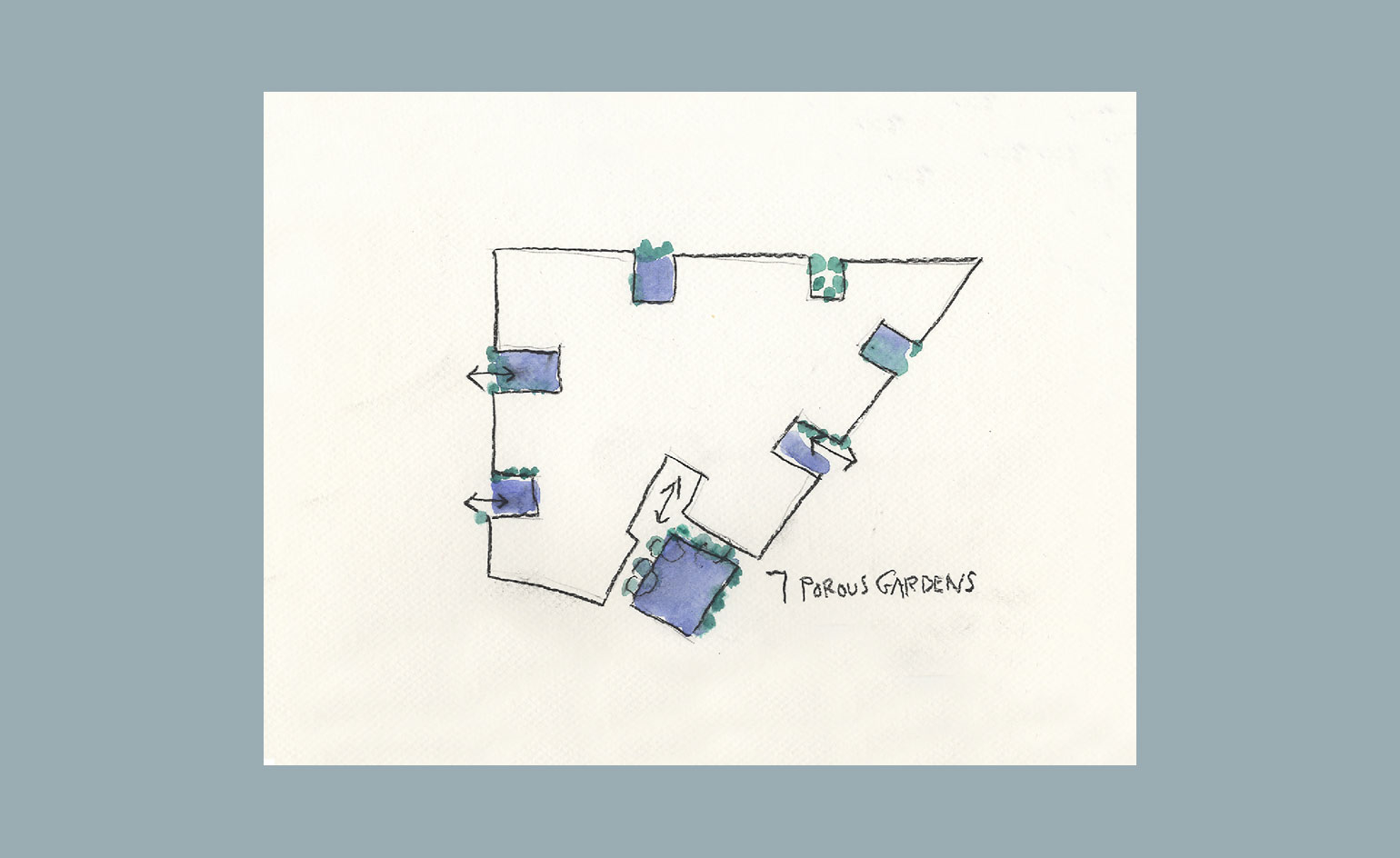
'I can have a concept and write it in words, but I can also show a space, a geometry, texture and which way the light is coming,' he adds. 'All these things can be communicated in a very small drawing'
ADDRESS
1001 Bissonnet
Houston
Texas 77005
United States
Receive our daily digest of inspiration, escapism and design stories from around the world direct to your inbox.
Pei-Ru Keh is a former US Editor at Wallpaper*. Born and raised in Singapore, she has been a New Yorker since 2013. Pei-Ru held various titles at Wallpaper* between 2007 and 2023. She reports on design, tech, art, architecture, fashion, beauty and lifestyle happenings in the United States, both in print and digitally. Pei-Ru took a key role in championing diversity and representation within Wallpaper's content pillars, actively seeking out stories that reflect a wide range of perspectives. She lives in Brooklyn with her husband and two children, and is currently learning how to drive.
-
 A day in Ahmedabad – tour the Indian city’s captivating architecture
A day in Ahmedabad – tour the Indian city’s captivating architectureIndia’s Ahmedabad has a thriving architecture scene and a rich legacy; architect, writer and photographer Nipun Prabhakar shares his tips for the perfect tour
-
 You can now stay in one of Geoffrey Bawa’s most iconic urban designs
You can now stay in one of Geoffrey Bawa’s most iconic urban designsOnly true Bawa fans know about this intimate building, and it’s just opened as Colombo’s latest boutique hotel
-
 Pentagram’s identity for eVTOL brand Vertical Aerospace gives its future added lift
Pentagram’s identity for eVTOL brand Vertical Aerospace gives its future added liftAs Vertical Aerospace reveals Valo, a new air taxi for a faster, zero-emission future, the brand has turned to Pentagram to help shape its image for future customers
-
 Step inside this resilient, river-facing cabin for a life with ‘less stuff’
Step inside this resilient, river-facing cabin for a life with ‘less stuff’A tough little cabin designed by architects Wittman Estes, with a big view of the Pacific Northwest's Wenatchee River, is the perfect cosy retreat
-
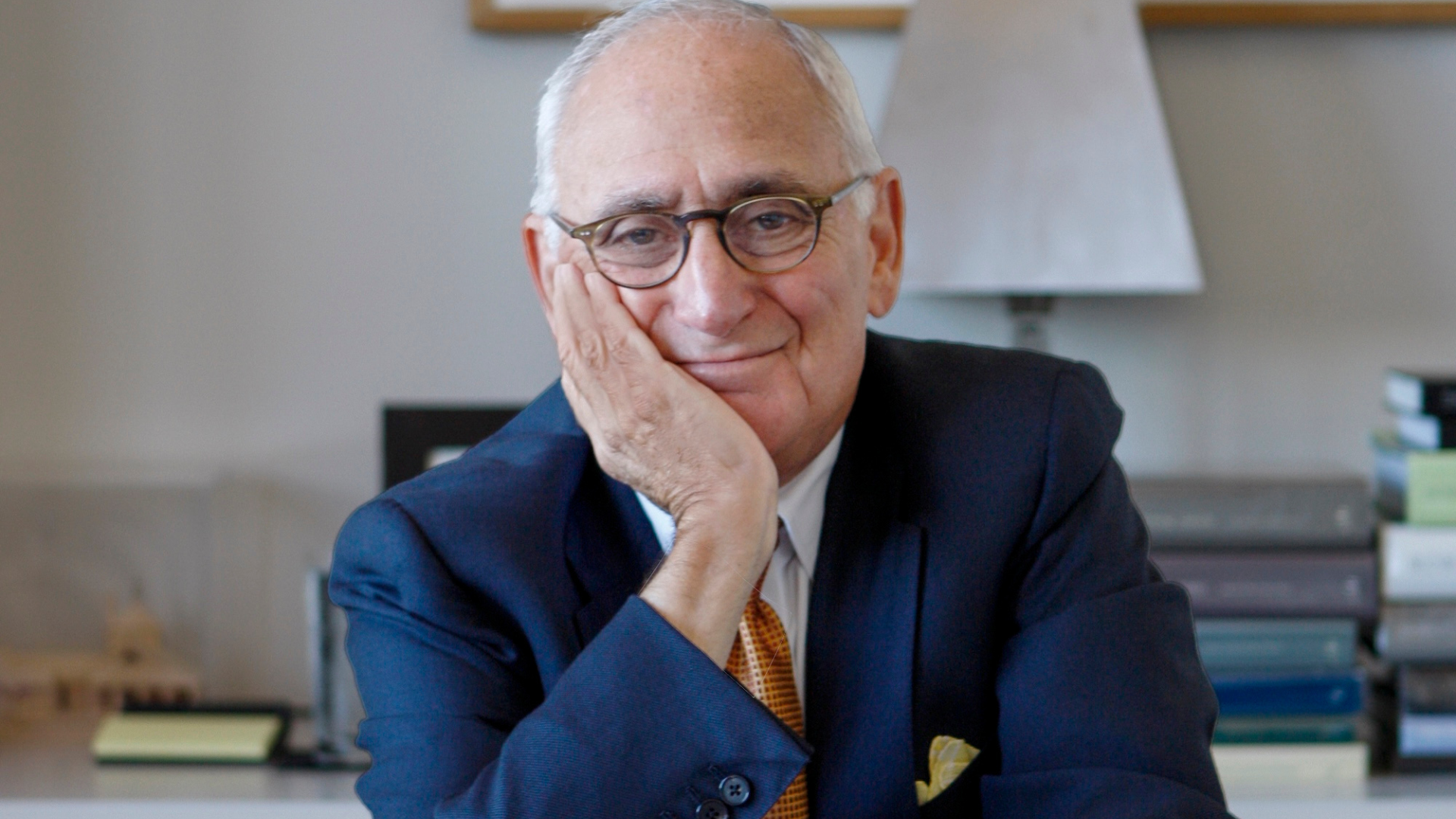 Remembering Robert A.M. Stern, an architect who discovered possibility in the past
Remembering Robert A.M. Stern, an architect who discovered possibility in the pastIt's easy to dismiss the late architect as a traditionalist. But Stern was, in fact, a design rebel whose buildings were as distinctly grand and buttoned-up as his chalk-striped suits
-
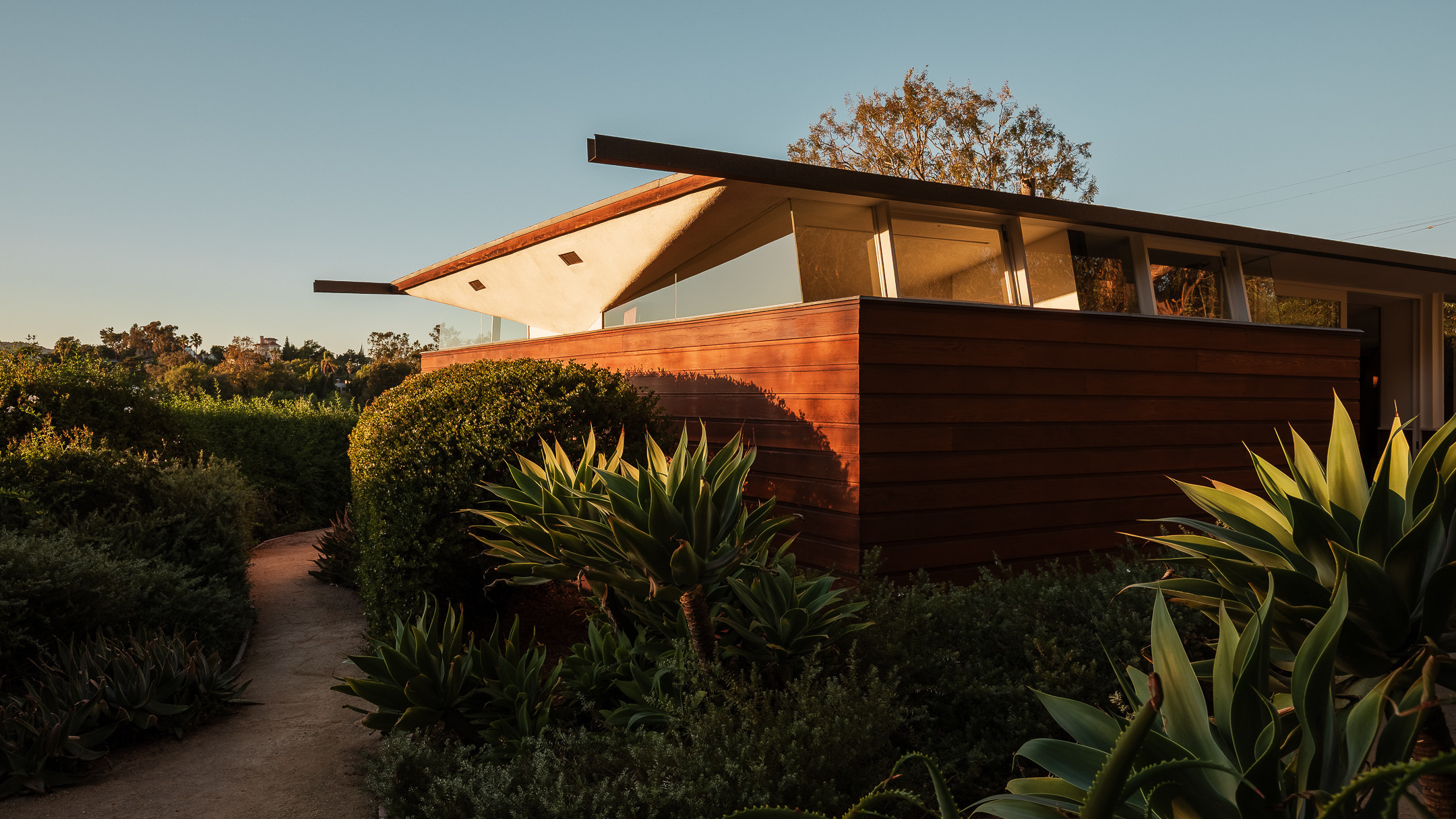 Own an early John Lautner, perched in LA’s Echo Park hills
Own an early John Lautner, perched in LA’s Echo Park hillsThe restored and updated Jules Salkin Residence by John Lautner is a unique piece of Californian design heritage, an early private house by the Frank Lloyd Wright acolyte that points to his future iconic status
-
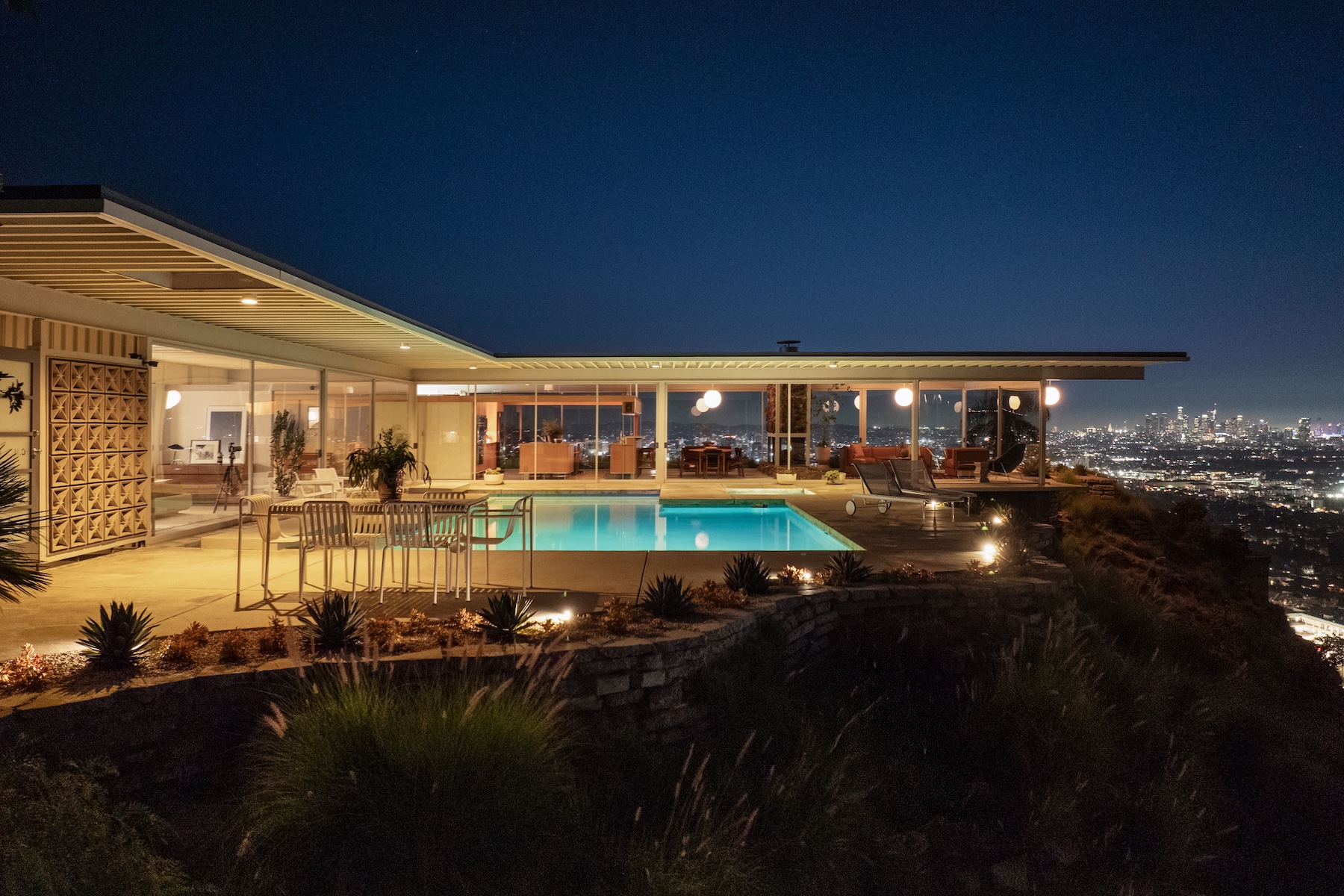 The Stahl House – an icon of mid-century modernism – is for sale in Los Angeles
The Stahl House – an icon of mid-century modernism – is for sale in Los AngelesAfter 65 years in the hands of the same family, the home, also known as Case Study House #22, has been listed for $25 million
-
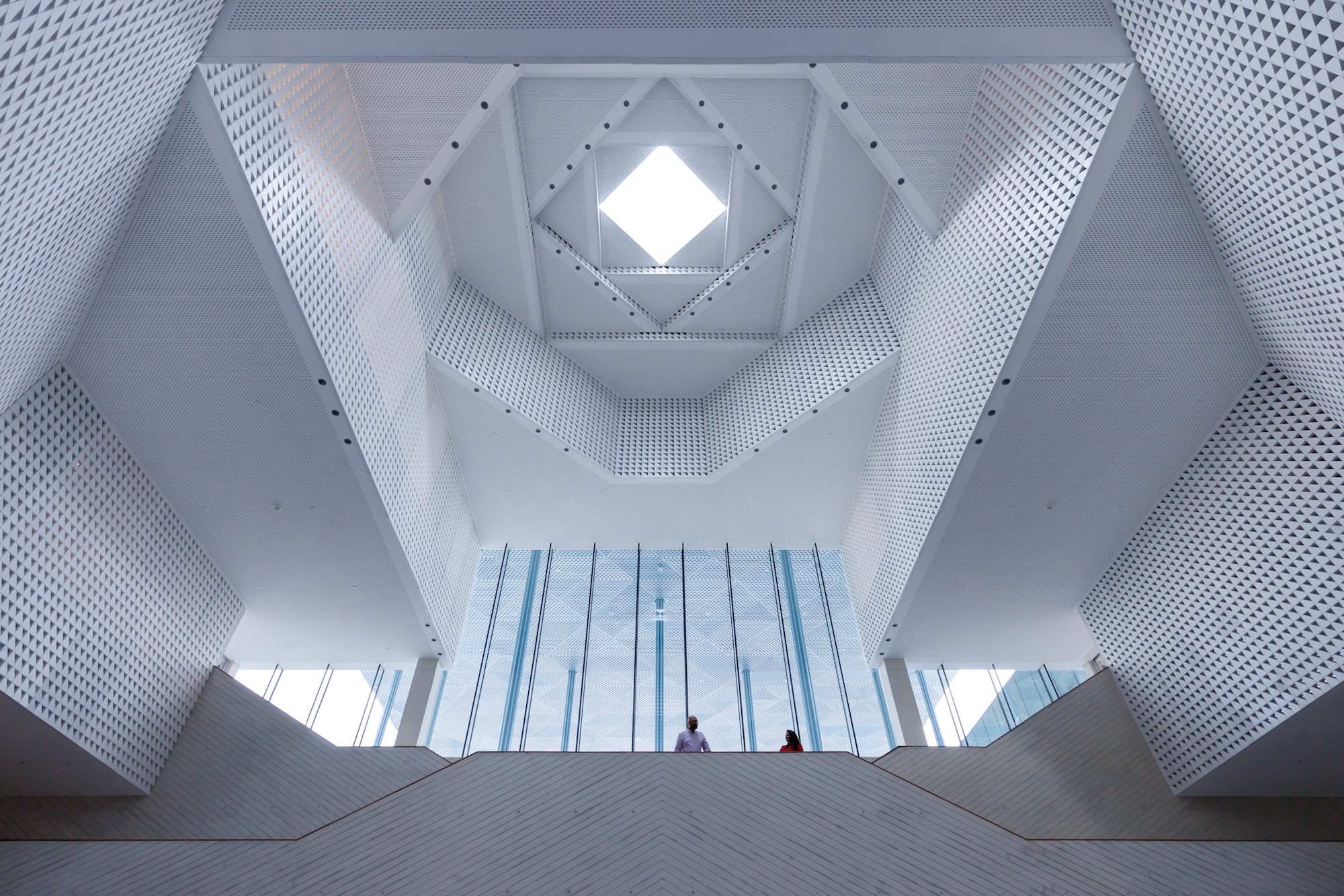 Houston's Ismaili Centre is the most dazzling new building in America. Here's a look inside
Houston's Ismaili Centre is the most dazzling new building in America. Here's a look insideLondon-based architect Farshid Moussavi designed a new building open to all – and in the process, has created a gleaming new monument
-
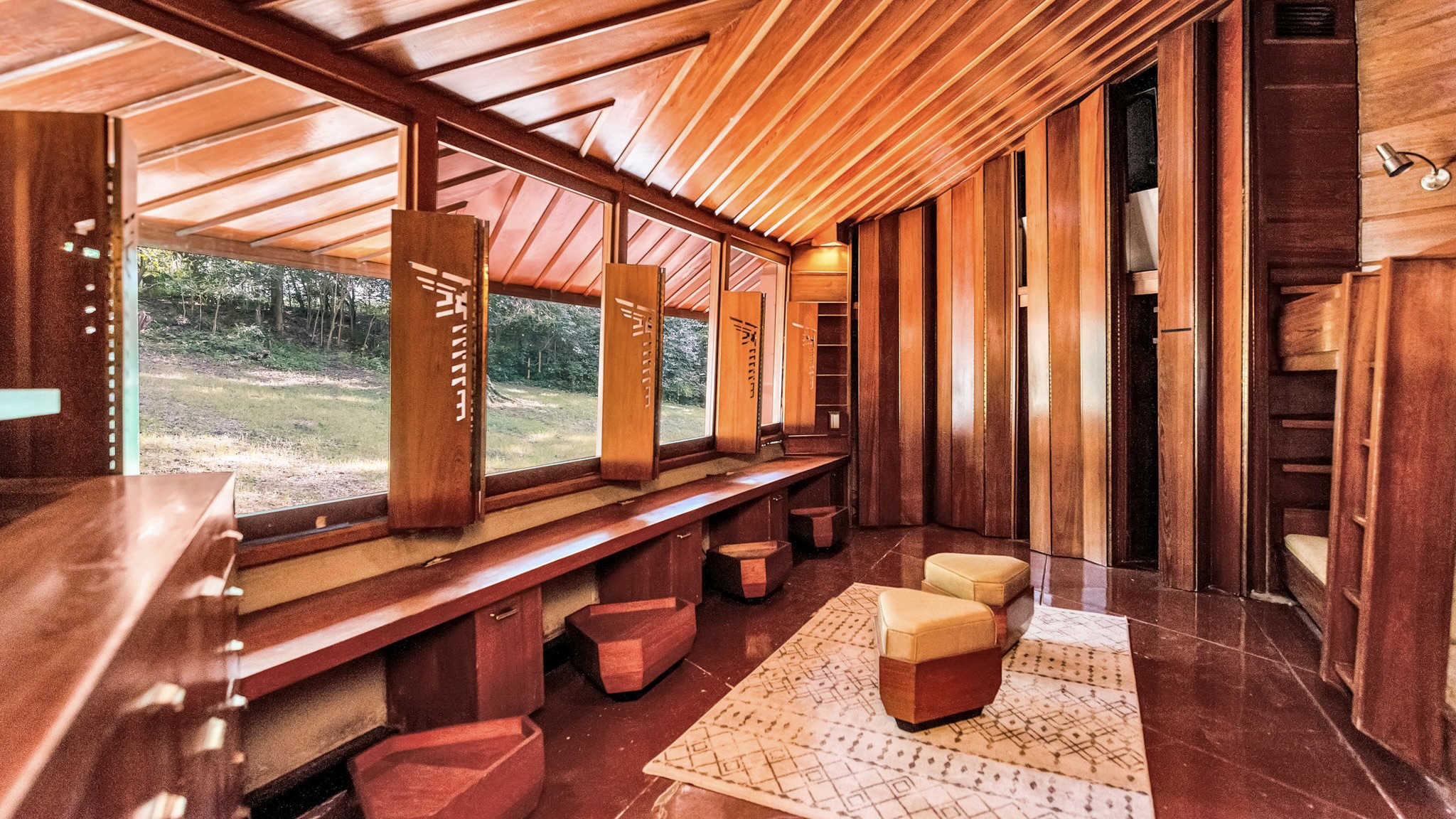 Frank Lloyd Wright’s Fountainhead will be opened to the public for the first time
Frank Lloyd Wright’s Fountainhead will be opened to the public for the first timeThe home, a defining example of the architect’s vision for American design, has been acquired by the Mississippi Museum of Art, which will open it to the public, giving visitors the chance to experience Frank Lloyd Wright’s genius firsthand
-
 Clad in terracotta, these new Williamsburg homes blend loft living and an organic feel
Clad in terracotta, these new Williamsburg homes blend loft living and an organic feelThe Williamsburg homes inside 103 Grand Street, designed by Brooklyn-based architects Of Possible, bring together elegant interiors and dramatic outdoor space in a slick, stacked volume
-
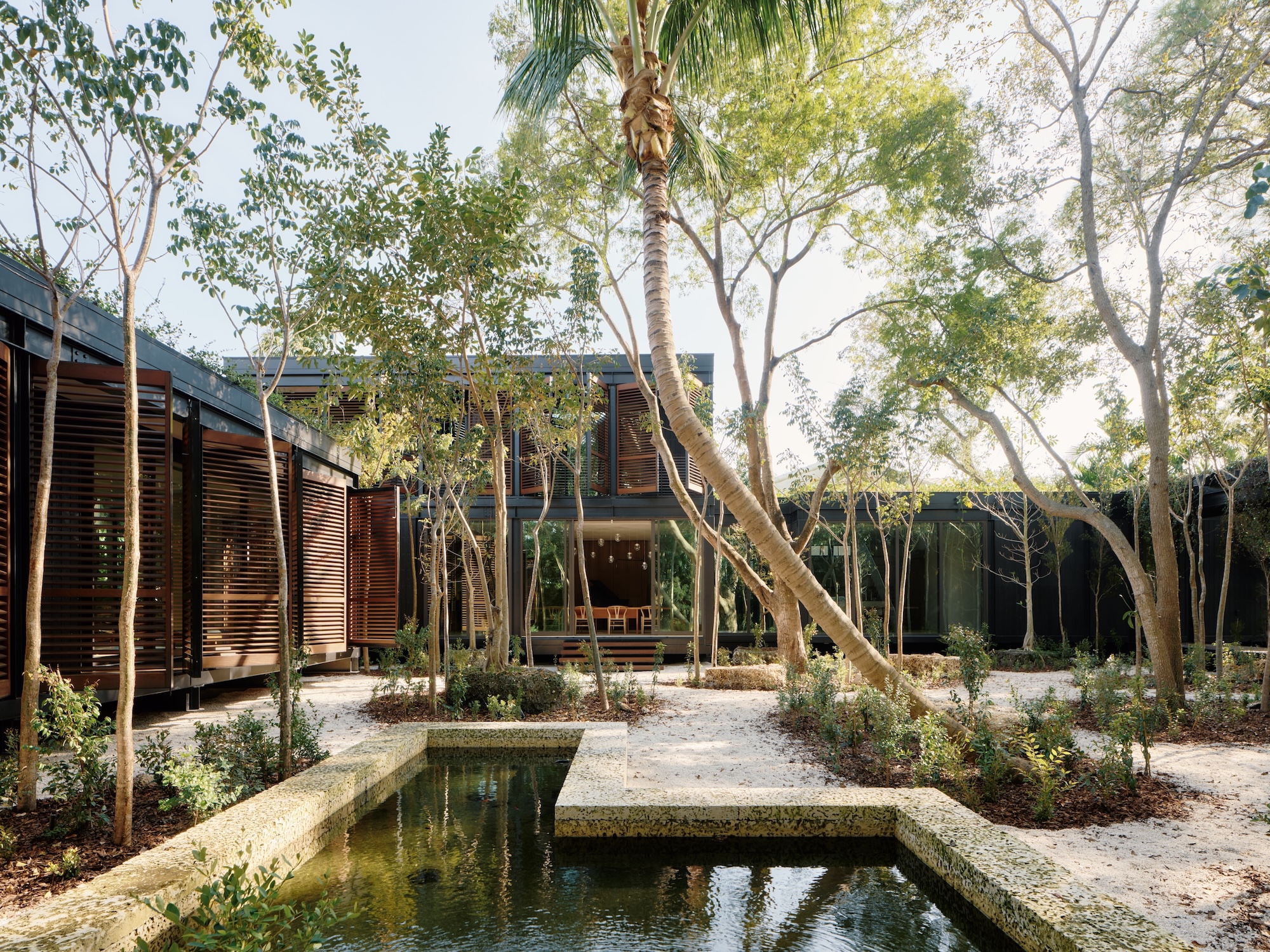 This ethereal Miami residence sprouted out of a wild, jungle-like garden
This ethereal Miami residence sprouted out of a wild, jungle-like gardenA Miami couple tapped local firm Brillhart Architecture to design them a house that merged Florida vernacular, Paul Rudolph and 'too many plants to count’